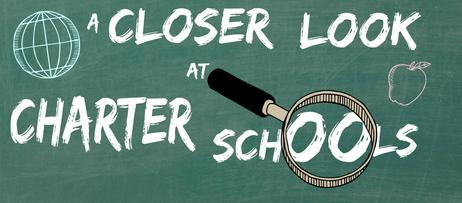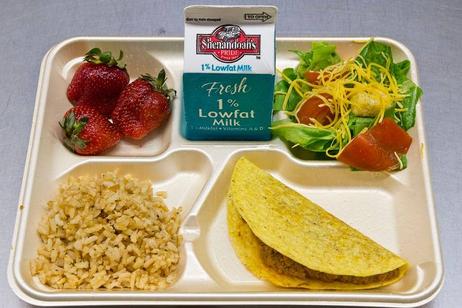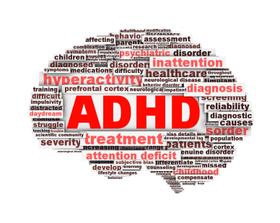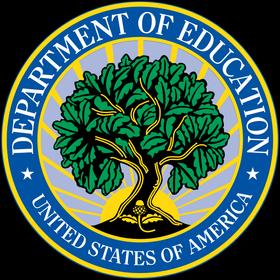Students enrolled in special education programs must face many obstacles on a daily basis. Not only must they learn to manage their physical, emotional, mental, or learning disabilities, but they simultaneously overcome the academic challenges all students face.
Unfortunately, several new reports indicate that special education students may also have to deal with another problem: they are more likely than their non-special-education peers to be targets of school violence.
This video looks at what works for special needs students.
The Problem for Special Education Students in Public Schools
Higher Risk of Being Victims of Gun Violence
In Fall 2009, Chicago public school officials analyzed more than 500 cases of gun violence that had occurred within the past five years. The goal was to identify patterns that indicated which students were most likely to be victims of gun violence. The study's findings, as reported by the New York Times, showed that while special education students make up only 16% of the city's overall public school population, they comprised 24% of the victims of gun violence.
Rodney Estvan, an outreach coordinator at a Chicago-based disability rights group, told Northwestern University's Medill Reports that special education students will often "by their very nature be more confrontational. They will be more likely to be arrested. They will be more likely to be suspended from school. They will be more likely to







































